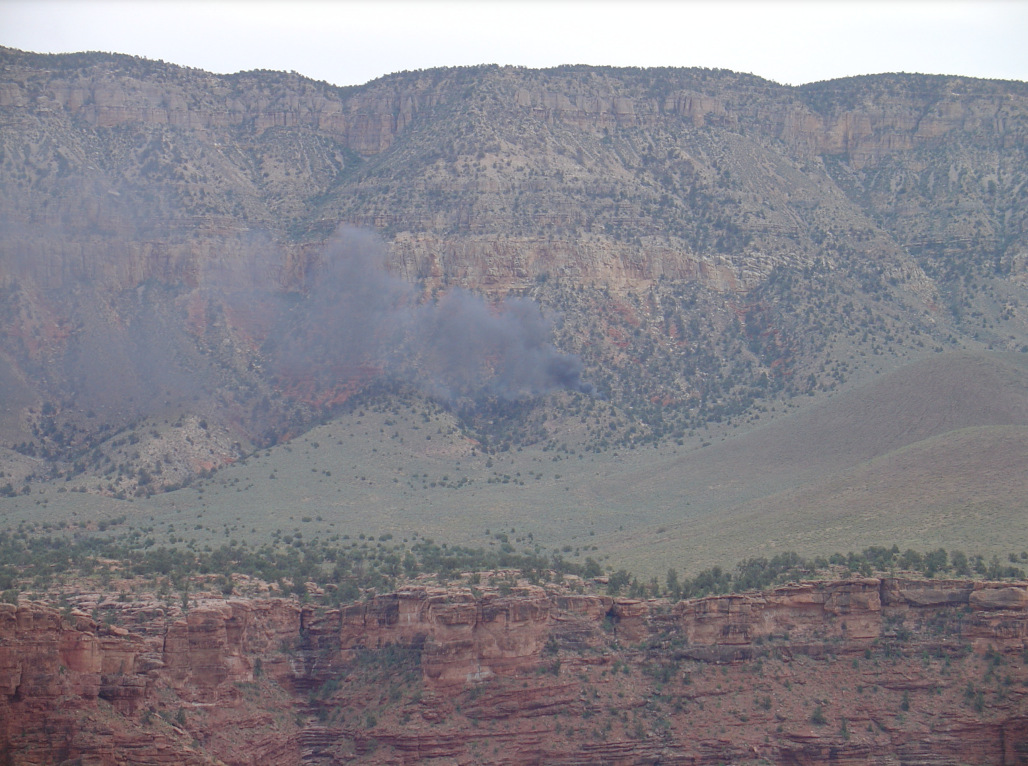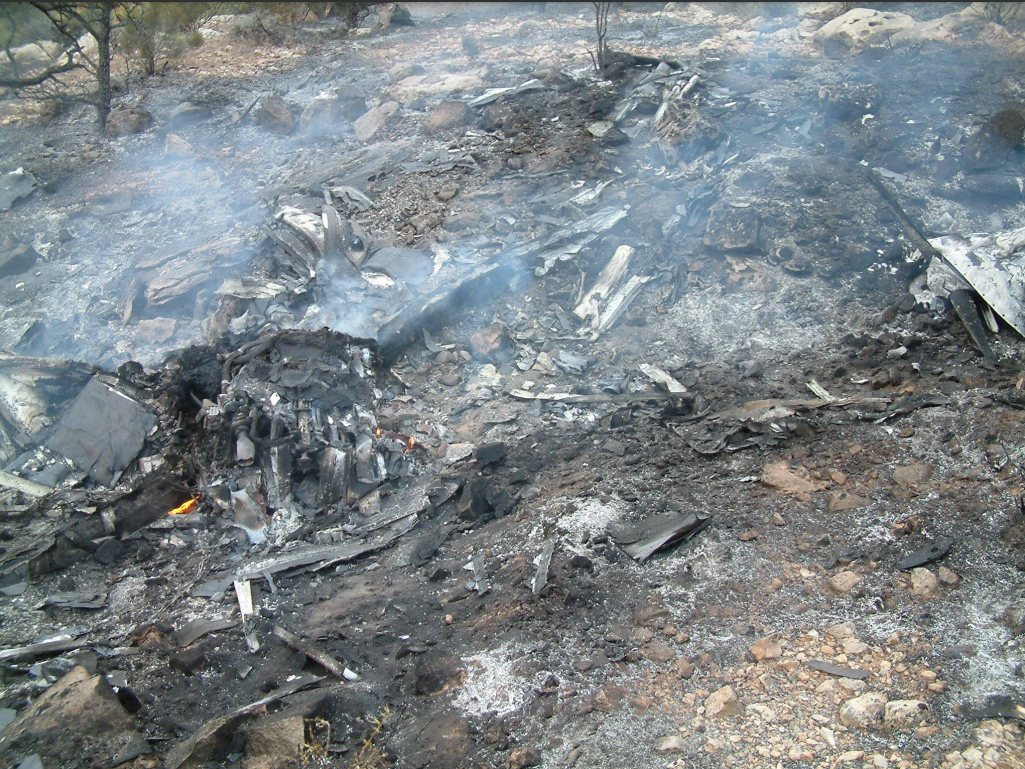
ASN Wikibase Occurrence # 44860
This information is added by users of ASN. Neither ASN nor the Flight Safety Foundation are responsible for the completeness or correctness of this information.
If you feel this information is incomplete or incorrect, you can submit corrected information.
| Date: | Saturday 15 May 2004 |
| Time: | 17:04 |
| Type: |  Lancair IV-P |
| Owner/operator: | Private |
| Registration: | N299SD |
| MSN: | LIV-370 |
| Total airframe hrs: | 123 hours |
| Engine model: | Teledyne Continental TSIO-550-E1B |
| Fatalities: | Fatalities: 4 / Occupants: 4 |
| Aircraft damage: | Destroyed |
| Category: | Accident |
| Location: | Grand Canyon near Supai, AZ -
 United States of America United States of America
|
| Phase: | En route |
| Nature: | Private |
| Departure airport: | Las Vegas-North Las Vegas Airport, NV (VGT/KVGT) |
| Investigating agency: | NTSB |
| Confidence Rating: |
On May 15, 2004, at 1704 mountain standard time, an experimental amateur-built Bachman Lancair IV-P, N299SD, impacted terrain in the Grand Canyon near Supai, Arizona. A private individual built the airplane, and it was registered to and operated by the pilot. The private pilot and three passengers sustained fatal injuries. Visual meteorological conditions prevailed, and a flight plan had not been filed for the 14 CFR Part 91 personal flight. The local flight departed the North Las Vegas Airport (VGT), North Las Vegas, Nevada, at 1607.
The experimental amateur-built pressurized airplane departed cruise flight and entered a steep spiraling descent before impacting the south rim of the Grand Canyon. The wreckage was largely consumed in a post impact ground fire. The pilot was taking his family and friends on a scenic flight over the Grand Canyon. Review of the radar data and air traffic control communications revealed that the airplane flew east over the canyon at 15,500 feet before reversing direction and flying westbound around 16,500 feet. The last four radar returns depict the airplane descending through 16,200, 13,800, 11,300, and 9,100 feet respectively with 12-second separation between returns. Air traffic controllers received no distress calls from the pilot. Post-accident examination of the wreckage could not verify the existence of all flight control surfaces or their continuity due to impact and fire damage, nor could it rule out an airframe failure or any control anomalies. Review of the airplane records and correspondence between the pilot/owner revealed a history of maintenance issues.
Probable Cause: the loss of aircraft control while in cruise flight for undetermined reasons.
Accident investigation:
 |
|
Sources:
NTSB: https://www.ntsb.gov/_layouts/ntsb.aviation/brief.aspx?ev_id=20040602X00714&key=1
Location
Images:



Photos: NTSB
Revision history:
| Date/time | Contributor | Updates |
|---|---|---|
| 28-Oct-2008 00:45 | ASN archive | Added |
| 21-Dec-2016 19:24 | ASN Update Bot | Updated [Time, Damage, Category, Investigating agency] |
| 07-Dec-2017 17:59 | ASN Update Bot | Updated [Operator, Source, Narrative] |
Corrections or additions? ... Edit this accident description
The Aviation Safety Network is an exclusive service provided by:


 ©2024 Flight Safety Foundation
©2024 Flight Safety Foundation